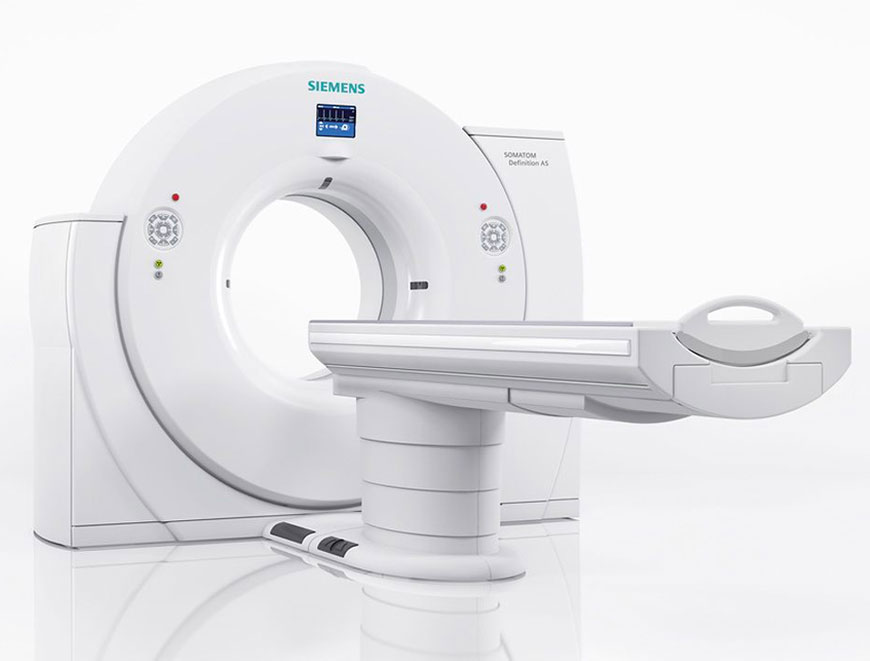
Computed Tomography
What is a CT Scan?
This is an x-ray technique that uses a computer to combine a series of views taken from multiple angles to produce cross-sectional images of the structures inside the body. Unlike conventional x-rays which are limited in 2 dimensions, CT images can be reconstructed into 3 dimensions and reveal much more diagnostic information.
How do You Prepare for a CT scan?
Depending on the clinical problem and area of interest, an intravenous injection of contrast may be required. For abdominal scans, preparation may involve ingesting water, and for some pelvic scans, contrast may be introduced into the rectum as an enema.
Our Equipment for CT Scans
Lifescan Imaging employs a Siemens Somatom Definition Flash Scanner, which uses two x-ray tubes to perform scans at very high speed. The whole chest can be scanned in as little as 0.6 seconds and the whole heart in 0.24 seconds. Radiation doses are also lower than older generation scanners, in the cases of some cardiac scans, the reduction can be up to 93%.
What is CT Scan Used for?
CT is a very versatile tool and can be used to examine a wide range of structures in the body. Compared to MRI and ultrasound, CT scans can usually be completed very quickly with the scan itself often taking only a few seconds.
Here are some ways in which CT technology is used today:
- Coronary CTA
- Coronary Calcium Score Scan
- CT of sinuses
- CT of the chest, abdomen and pelvis for cancer
- CT of the kidneys, ureters and bladder for stones



